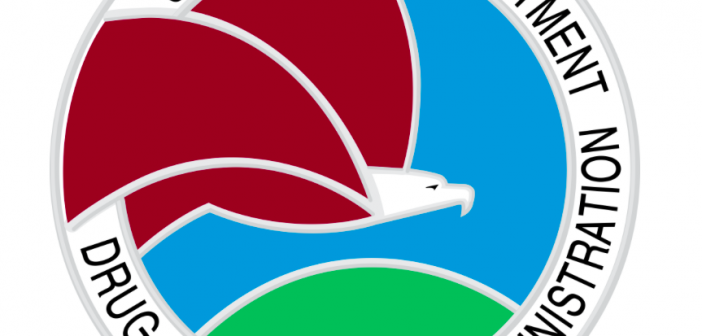WASHINGTON — The embattled Drug Enforcement Administration came under fire Tuesday as senators dug into the agency’s controlled substances quota program, questioning whether it contributes to shortages of certain medications.
A Government Accountability Office report stops short of explicitly linking DEA mismanagement to the shortages, but that caution has not stopped some on Capitol Hill from assigning blame.
The DEA, long criticized for internal dysfunction by the GAO and some lawmakers, is still reeling from a sex scandal involving several agents. A Justice Department report in March alleged that DEA officers in Colombia attended parties with prostitutes paid for with drug cartel money.
The charges have not improved the agency’s stock in Congress, where members of the Senate Caucus on International Narcotics Control grilled the DEA’s Joseph Rannazzisi, a 28-year veteran of the agency who serves as deputy assistant administrator for drug diversion.
“DEA refused to comply with GAO’s requests for information from a particular DEA database for over a year,” said Sen. Chuck Grassley, R-Iowa, the caucus’s chairman as well as chairman of the Senate Judiciary Committee.
“I had to get personally involved in the process to make sure GAO had the information it needed,” Grassley said.
Some caucus members worried that DEA delays in processing supplier applications and setting quotas have contributed to the problem.
Between January 2001 and June 2013, 168 drug shortages —instances where needed drugs were unavailable to patients— were reported, according to the GAO, an investigative arm of Congress. Many were controlled prescription medications, including pain relievers, anxiolytics and stimulants.
Rannazzisi and Capt. Valerie Jensen, associate director of the Food and Drug Administration’s drug shortages program, insisted that drug manufacturers bear most of the responsibility.
“Shortages are usually preceded by a production disruption,” Jensen said, referring to the quality control issues that sometimes force drug companies to recall certain medications.
GAO Health Care Team Director Marcia Crosse however, painted a different picture. According to Crosse, the GAO’s ultimate inability to establish a relationship between shortages and quotas stems from inaccurate and incomplete data provided by the DEA.
“[DEA] did not have performance measures related to setting quotas or insuring an adequate and uninterrupted supply of controlled substances,” Crosse said.
The shortages issue has come to light at a time when the DEA is facing criticism on multiple fronts. Liberal activists have faulted the agency for holding fast to marijuana scheduling regulations that they say are outdated. Attempted collaborations with and investigations by other government agencies, like the FDA and GAO, routinely expose an agency where dysfunction and secrecy are the norm, some lawmakers say.
One of the most damning indictments however, has come from the DEA’s detention of UC San Diego student Daniel Chung.
In 2012, Chung was arrested by DEA agents after going over a friend’s house to smoke marijuana. Despite promises that he would be processed and released, Chung was left in a holding cell for five days without food or water with his hands cuffed behind his back. When he was discovered, Chung was suffering from dehydration and kidney failure. He was later paid a $4.1 million settlement.
Sen. Grassley, asked Rannazzisi why Grassley had not received an answer from the DEA after sending a letter asking about Chung’s ordeal.
“It’s been eight months and I still don’t have a response,” said Grassley. “There’s no ongoing investigation to hide behind now.”
Rannazzisi said that he could not guarantee a response before the end of the month.
Referring specifically to the Chung case, Sen. Dianne Feinstein, D-Calif., said that the reputation of the DEA has taken a huge blow.
“I hope this is not the DEA of today, because if it is, you won’t have any support up here,” Feinstein said.
Sen. Sheldon Whitehouse, D-R.I., said he had reached the point “where it’s starting to look to me like DEA is an agency that cannot manage administrative and regulatory responsibilities, and maybe they should be moved elsewhere and it should just purely become an investigative agency with no more administrative responsibilities.”






